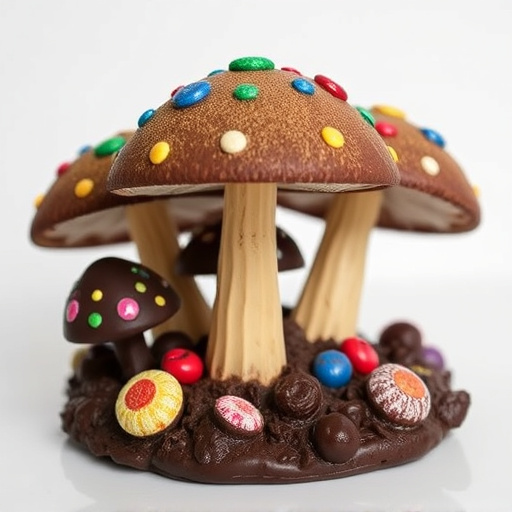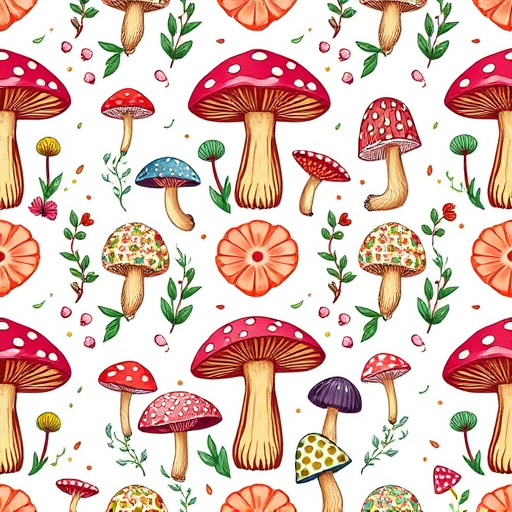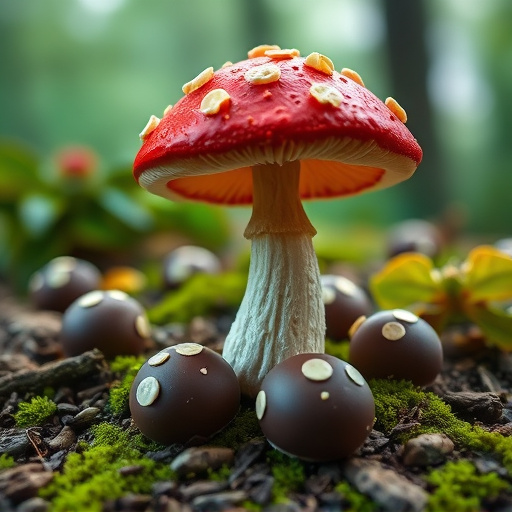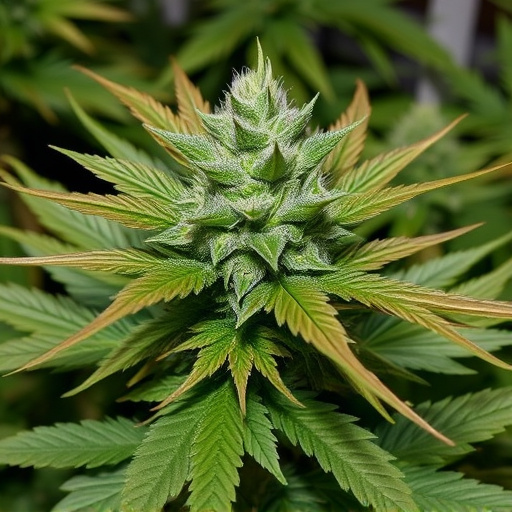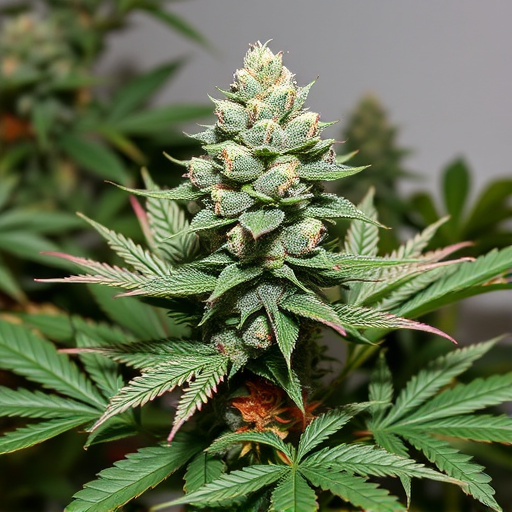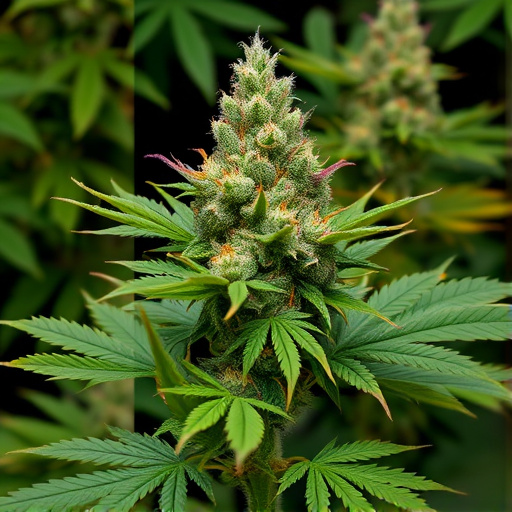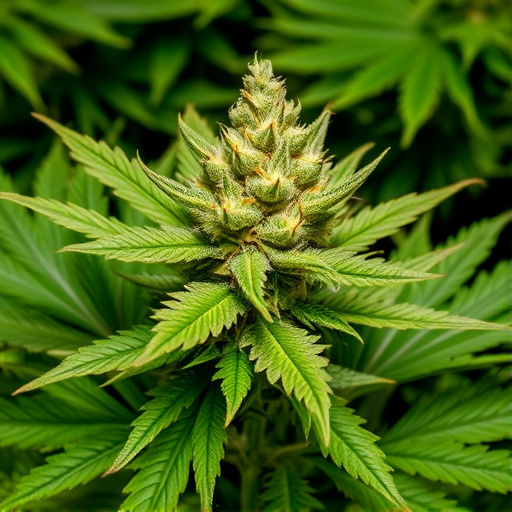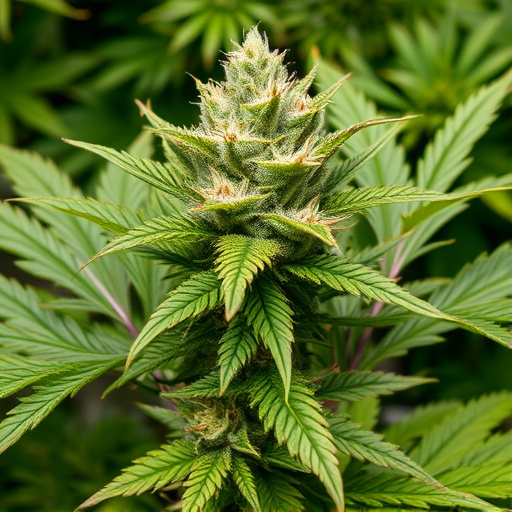Temperature plays a critical role in the absorption and efficacy of cannabis compounds like THC and CBD, with lower temperatures enhancing potency and bioavailability. Cooler temperatures increase their solubility in fat-loving solvents, facilitating cell absorption. Research indicates optimal consumption temperatures for classic cannabis strains, with THC most effective between 65°C and 120°C and CBD's solubility improving in hot solutions. Understanding these temperature-compound interactions allows users to customize consumption methods like vaporization or edibles for desired therapeutic effects.
“Discover how temperature plays a pivotal role in the absorption of potent cannabinoids, THC and CBD. This article explores the intricate relationship between thermodynamics and cannabis compounds, shedding light on why consumption methods matter. From the effects of heat on classic cannabis strains to the science behind THC and CBD uptake, we delve into practical implications for users seeking optimal experiences. Understanding these dynamics can empower consumers to make informed choices, enhancing both potency and overall well-being.”
- Understanding Thermodynamics and Cannabis Compounds: How Temperature Influences Absorption
- The Role of Temperature in Classic Cannabis Strains: A Case for Optimal Consumption
- Exploring the Science Behind THC and CBD Uptake: Practical Implications for Users
Understanding Thermodynamics and Cannabis Compounds: How Temperature Influences Absorption

Cannabis compounds, including THC and CBD, are susceptible to temperature variations, which play a significant role in their absorption and overall efficacy. Understanding thermodynamics is key to grasping this relationship. These compounds are temperature-sensitive, meaning their chemical properties change with heat exposure. For instance, THC, known for its psychoactive effects, becomes more potent at lower temperatures, making it more bioavailable when consumed in colder forms, like edibles or concentrated extracts.
Temperature influences the solubility and stability of these compounds. In classic cannabis strains, THC and CBD are typically more soluble in lipophilic (fat-loving) solvents at cooler temperatures, facilitating their absorption into the body’s cells. This is why consuming cannabis during specific times of day when body temperature fluctuates or using cold extraction methods can enhance the delivery of these compounds to the bloodstream and, consequently, to the brain and other organs, providing users with the desired therapeutic effects.
The Role of Temperature in Classic Cannabis Strains: A Case for Optimal Consumption
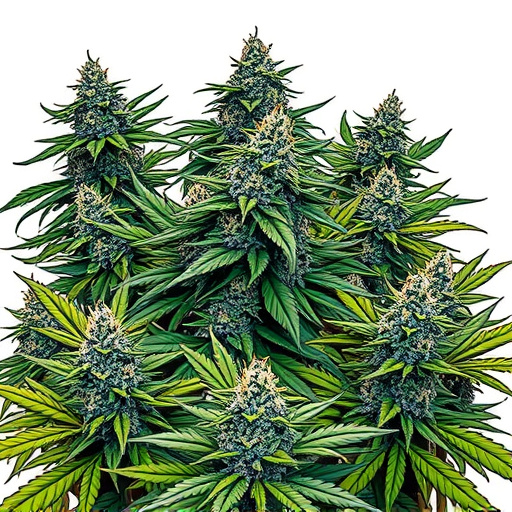
The role of temperature in cannabis consumption is a nuanced topic, especially when considering classic cannabis strains. These varieties, renowned for their diverse profiles and effects, are influenced by thermal factors that can significantly alter the absorption and perception of key compounds like THC (tetrahydrocannabinol) and CBD (cannabidiol).
Optimal temperature ranges play a critical role in unlocking the full potential of classic cannabis strains. Research suggests that THC becomes more bioavailable at temperatures between 150°F to 248°F (65°C to 120°C), while CBD exhibits enhanced solubility in hot solutions, facilitating absorption. Different consumption methods, such as vaporization or edibles, offer precise temperature controls, allowing users to tailor their experience. By understanding these temperature-compound interactions, cannabis enthusiasts can ensure they derive the desired effects and benefits from their chosen classic strains.
Exploring the Science Behind THC and CBD Uptake: Practical Implications for Users
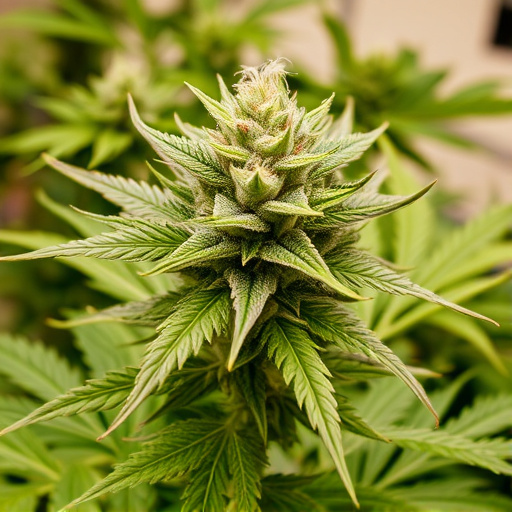
The science behind THC and CBD uptake is a fascinating realm that offers valuable insights for cannabis users. Research indicates that temperature plays a pivotal role in how these compounds are absorbed by the body, with significant implications for classic cannabis strains known for their potent effects. When consumed, THC and CBD interact with the endocannabinoid system (ECS), responsible for maintaining homeostasis, or balance, within the body.
At different temperatures, the chemical properties of these cannabinoids change, altering their solubility and interaction with cell receptors. For instance, THC is more effectively absorbed when heated, as it becomes less viscous and easier to inhale or digest. This explains why traditional methods like smoking or vaporizing classic cannabis strains enhance the delivery of THC to the body. Understanding this dynamic offers users practical guidance, enabling them to optimize their intake for desired effects, whether seeking relaxation or energy from CBD, or potent psychoactive experiences associated with THC in its various forms.
In understanding how temperature affects the absorption of THC and CBD, particularly in classic cannabis strains, it’s clear that optimal consumption methods can enhance both the efficacy and pleasantness of the experience. The science behind THC and CBD uptake offers practical implications for users, suggesting temperature as a key factor in maximizing the benefits of cannabis compounds. By considering thermodynamics and the unique properties of these compounds, consumers can navigate their consumption strategies to achieve the desired effects, ensuring a more enjoyable and effective interaction with classic cannabis strains.


